In today’s fast-paced digital landscape, having an outdated website can be detrimental to your business’s online presence and success. At Barta Media Group, we understand the importance of keeping your website up-to-date, secure, and optimized for the best user experience. As a leading provider of website design and digital marketing services, we’ve witnessed firsthand the consequences of neglecting website maintenance and the transformative impact a strategic redesign can have.
In this comprehensive guide, we’ll delve into the critical reasons why businesses should prioritize redesigning their outdated websites, with a particular focus on the technical and security issues associated with outdated WordPress sites. From mitigating potential risks to staying ahead of the competition, we’ll explore the key factors that make a website redesign a worthwhile investment for your business.
- Outdated Software and Plugins: Running obsolete versions of WordPress core software and plugins is a significant security risk, as they often contain known vulnerabilities that can be exploited by hackers. Outdated software may also lack the latest security patches and hardening measures, leaving the site and its data exposed to potential breaches, malware injection, or defacement.
- Security Vulnerabilities: WordPress is a popular target for cybercriminals due to its widespread use. Older versions and outdated plugins are more susceptible to various types of attacks, such as SQL injection, cross-site scripting (XSS), and brute-force login attempts. Failing to keep the software up-to-date increases the chances of a successful attack, which could result in data theft, site defacement, or even the website being used as a platform for distributing malware.
- Deprecated Features and Functions: Over time, certain WordPress features and functions become deprecated (no longer supported) and may cause conflicts, break functionality, or introduce security risks. Deprecated code can also create compatibility issues with newer software versions and plugins, leading to performance degradation or rendering the site inoperable.
- Compatibility Issues: As web technologies evolve, older WordPress installations may encounter compatibility problems with the latest web browsers, operating systems, and devices. This can result in broken functionality, display issues, or an inconsistent user experience across different platforms and devices.
- Performance and Speed Issues: Older WordPress versions and plugins may not be optimized for modern web performance standards, leading to slow page load times and poor user experience, especially on mobile devices. Performance bottlenecks can also impact search engine rankings, as site speed is a crucial ranking factor.
- Lack of Mobile Responsiveness: Many older WordPress themes and plugins were not built with responsive design in mind, resulting in a poor mobile experience. With the majority of web traffic now coming from mobile devices, an unresponsive site can lead to high bounce rates, decreased engagement, and lost opportunities.
- Accessibility Limitations: Web accessibility standards and guidelines evolve to ensure websites are usable by individuals with disabilities. An outdated WordPress site may lack proper accessibility features, such as keyboard navigation, proper color contrast, and support for screen readers, potentially excluding a significant portion of users.
- Lack of Scalability: Older WordPress installations may not be built to handle increased traffic or content demands as a business grows. As the site expands, performance issues, server load, and resource constraints can become more pronounced, potentially leading to downtime or a degraded user experience.
- Technology Advancements: Web technologies and design trends evolve rapidly. An outdated WordPress site may lack features that users expect, such as responsive design, improved accessibility, or integrations with modern tools and services.
- Branding Updates: Over time, businesses may update their branding, including logos, color schemes, and messaging. A website redesign allows you to align the site with the updated branding, ensuring a consistent brand identity and professional image.
- Improved Search Engine Optimization (SEO): Search engine algorithms and best practices for SEO evolve. A redesign presents an opportunity to optimize the website’s structure, content, and coding for better search engine visibility and rankings, improving organic traffic and potential lead generation.
- Adapting to Business Changes: As a business grows, its products, services, or target audience may shift. A website redesign can help reflect these changes, ensuring the site remains relevant and engaging for the intended audience.
- Analytics and User Feedback: Over time, website analytics and user feedback can reveal areas for improvement, such as pages with high bounce rates or confusing navigation. A redesign allows you to address these issues and enhance the overall user experience.
- Staying Competitive: In many industries, competitors are constantly updating and refreshing their online presence. A website redesign can help your business stay competitive and maintain a professional, modern image in the eyes of potential customers.
By prioritizing the technical and security issues associated with an outdated WordPress site, businesses can mitigate potential risks, ensure compliance with industry standards, and provide a secure, performant, and engaging online experience for their users. Addressing these critical concerns should be the primary driver for undertaking a website redesign, followed by other factors such as branding updates, SEO optimization, and adapting to business changes.

Redesigning your business’s website is not just a cosmetic exercise; it’s a strategic investment in your online presence, security, and long-term success. By addressing the technical and security issues associated with an outdated WordPress site, and embracing the latest web technologies and design trends, you can ensure a seamless, engaging, and secure user experience for your customers.
At Barta Media Group, our team of experienced web designers and developers specializes in creating modern, responsive, and search engine-optimized websites that align with your brand and business goals. We prioritize security, performance, and accessibility, ensuring your redesigned website not only looks great but also functions flawlessly across all devices and platforms.
Don’t let an outdated website hold your business back. Contact us today to schedule a consultation and take the first step toward a website redesign that will elevate your online presence, enhance your brand’s credibility, and drive long-term growth and success!
